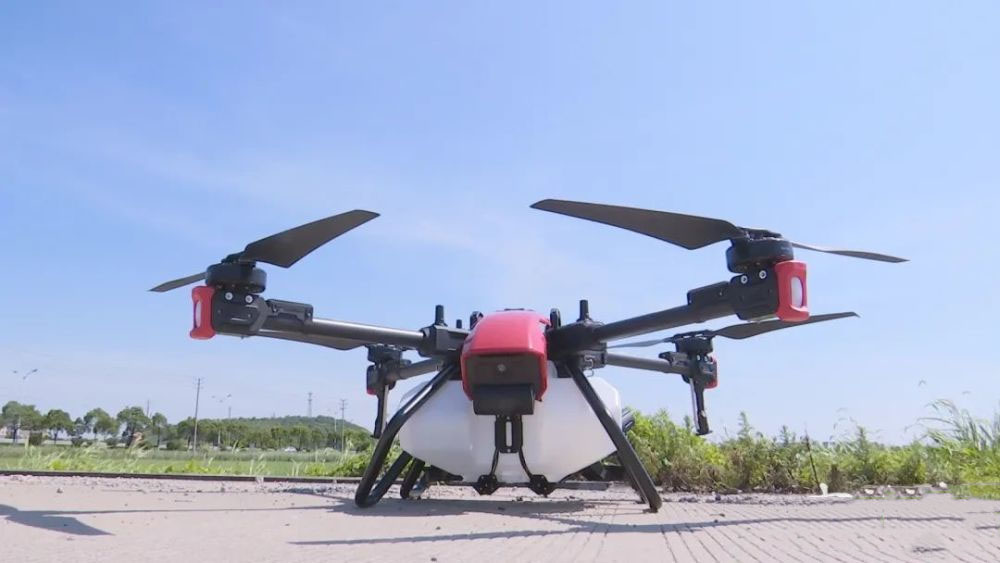Drones are unmanned aerial vehicles (UAVs) that can fly autonomously through dedicated remote devices. It can perform some operations in the air according to computer programs, while Airplane mode control is assisted by tracking devices such as GPS.
The origin of drones originated from the demand for intelligent warfare equipment by the government and military since the 1960s. During the Vietnam War, the US Army actively used drones for surveillance, and subsequently the Israeli army also used drones during the 1982 Lebanon War.
However, with the advancement of technology, drones were later customized into different forms for many commercial applications. These assistance have brought enormous benefits to humanity, including understanding tragic situations, searching for missing persons, creating 3D maps, surveying landscapes, wildlife protection, pipeline inspections, traffic monitoring, weather forecasting, firefighting, agriculture, photography, video production, and academic projects.
Even delivery services, especially in the context of the pandemic, can bring comforting benefits to all of us.
The cost of drones depends on their size and functionality. The price of a mini version of a handheld drone may be less than $100, while a military grade drone that can be carried in a backpack may cost tens of millions of dollars. One of the largest military UAVs is the MQ-4 Global Hawk, 47.6 feet long, which is wider than the Boeing 737 airliner.
One of the most popular drones on the market is the DJI Phantom 3, known for its professional cinematography. The drone adopts advanced technology inherited from the latest drones such as MavicAir, Phantom4Pro, Inspire2, WalkeraVoyager5, etc.







Please sign in to comment
register